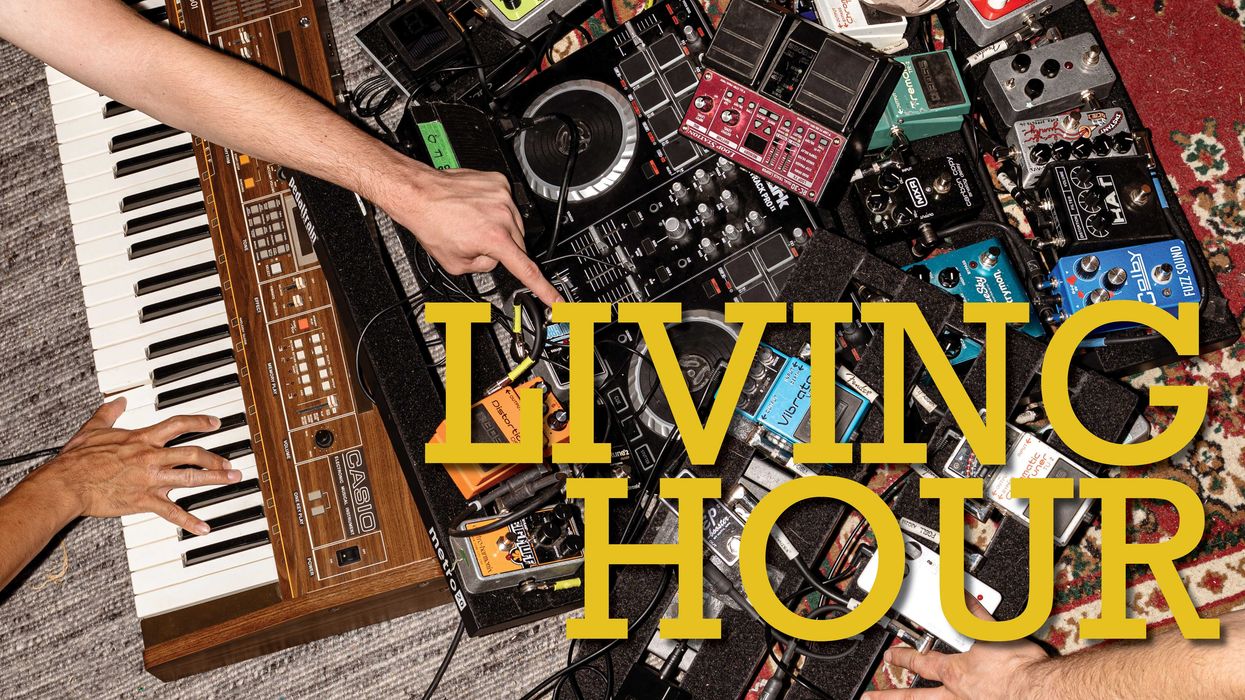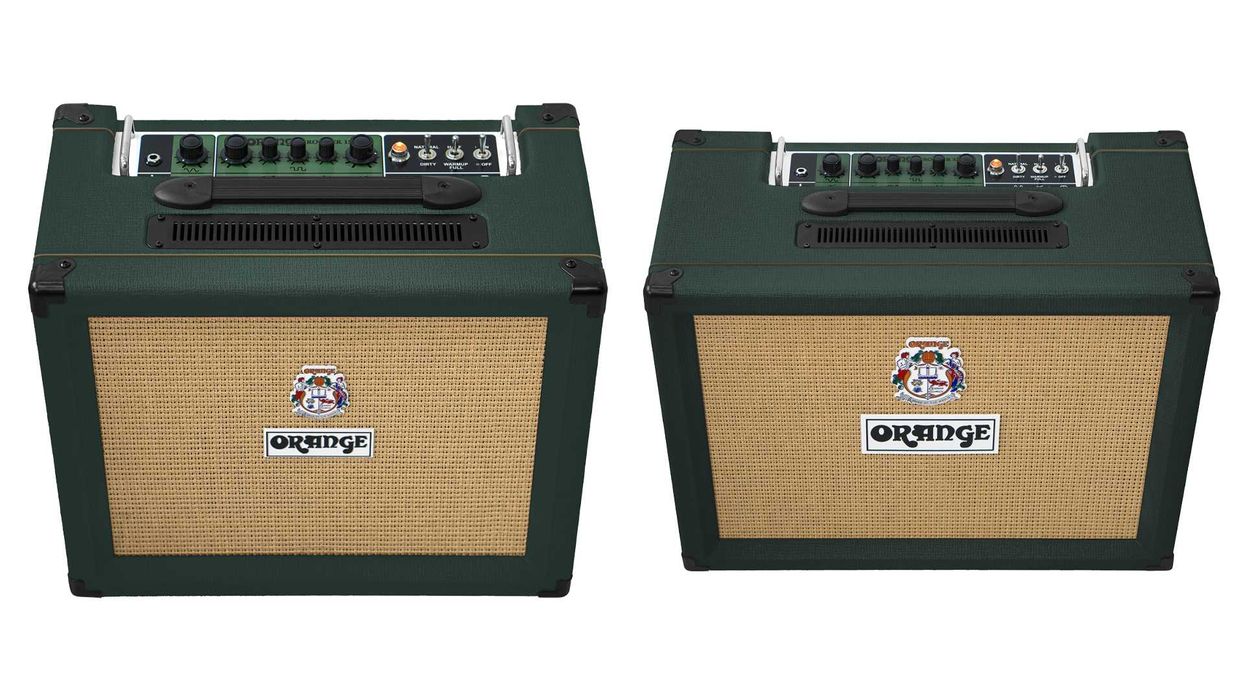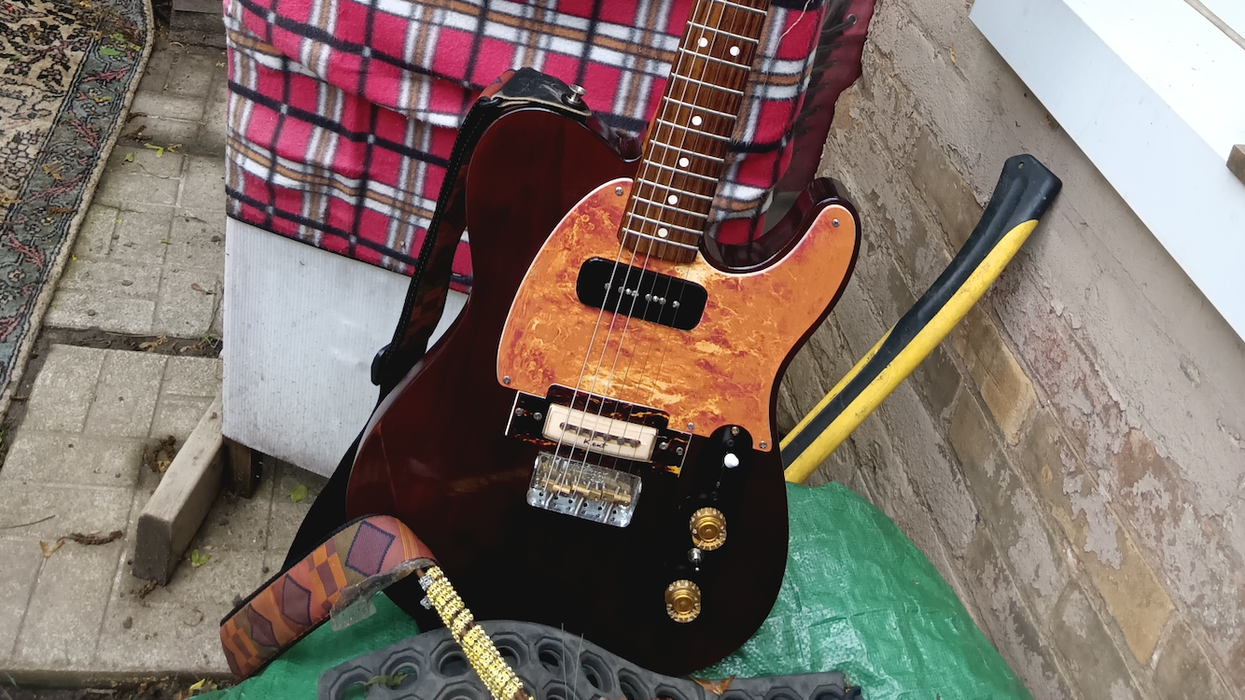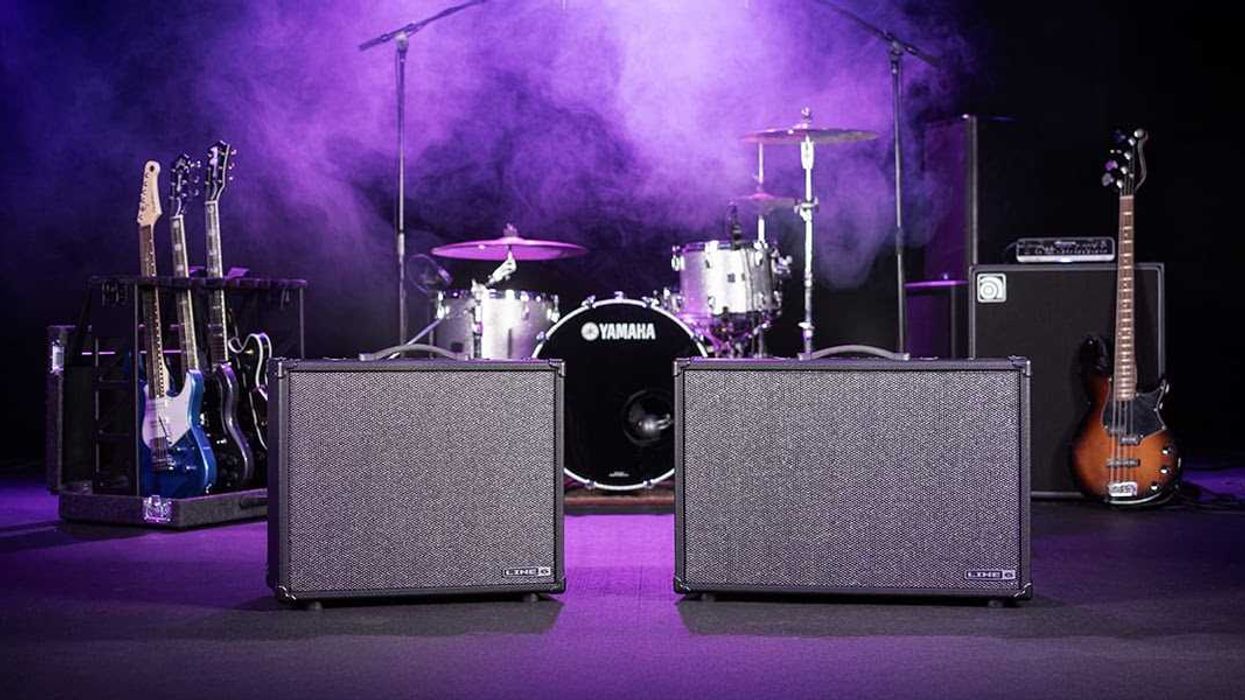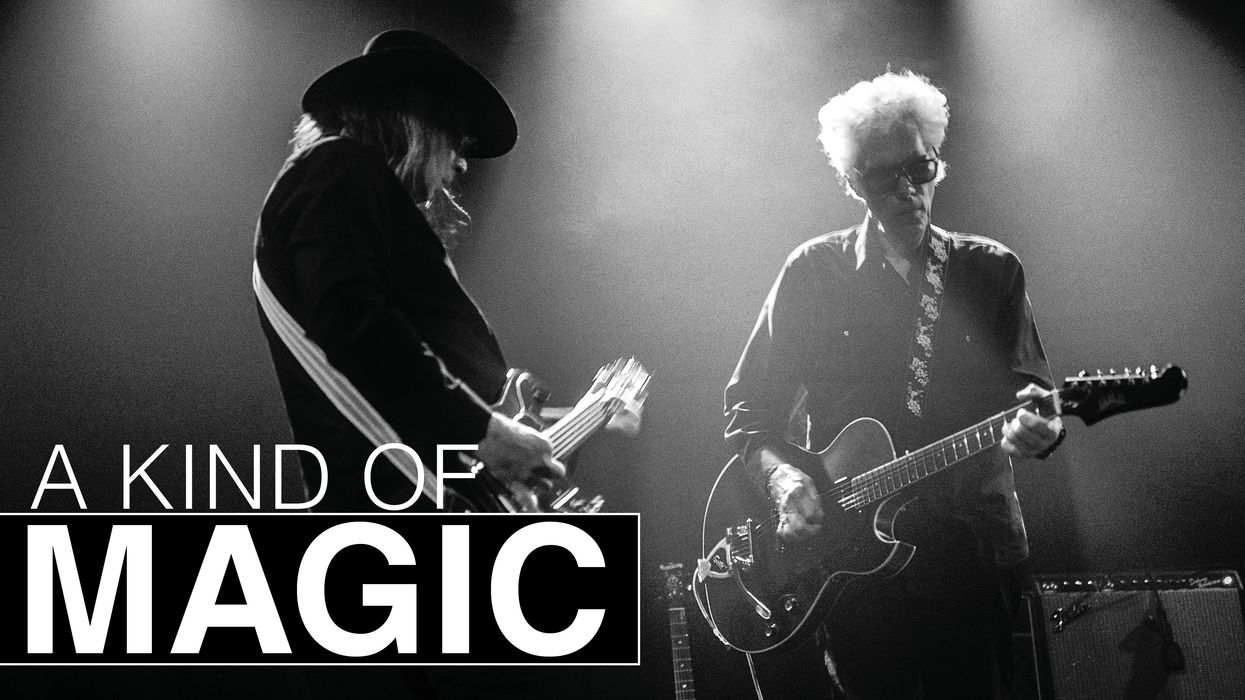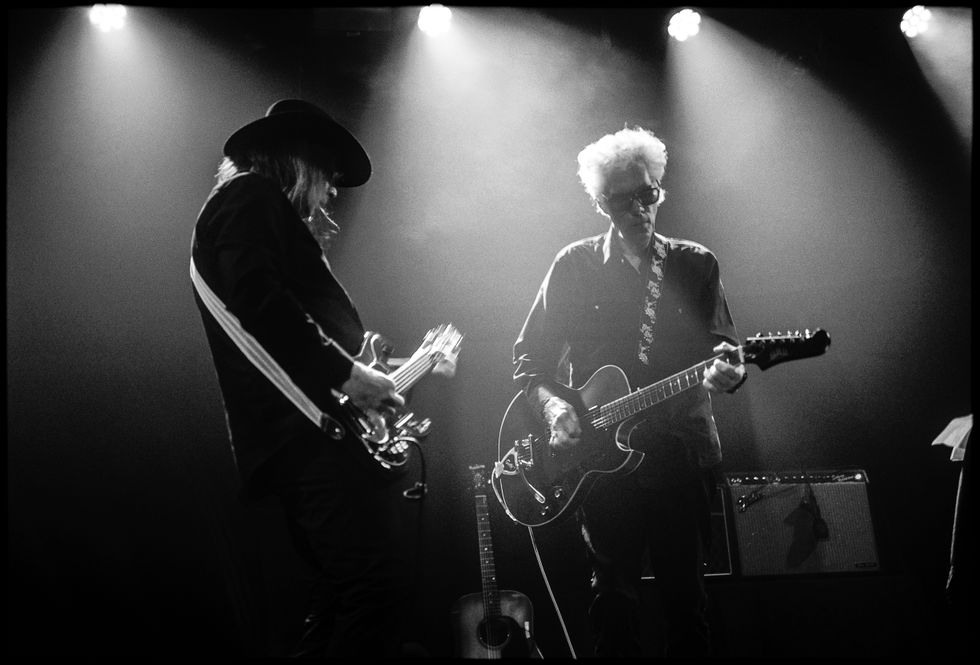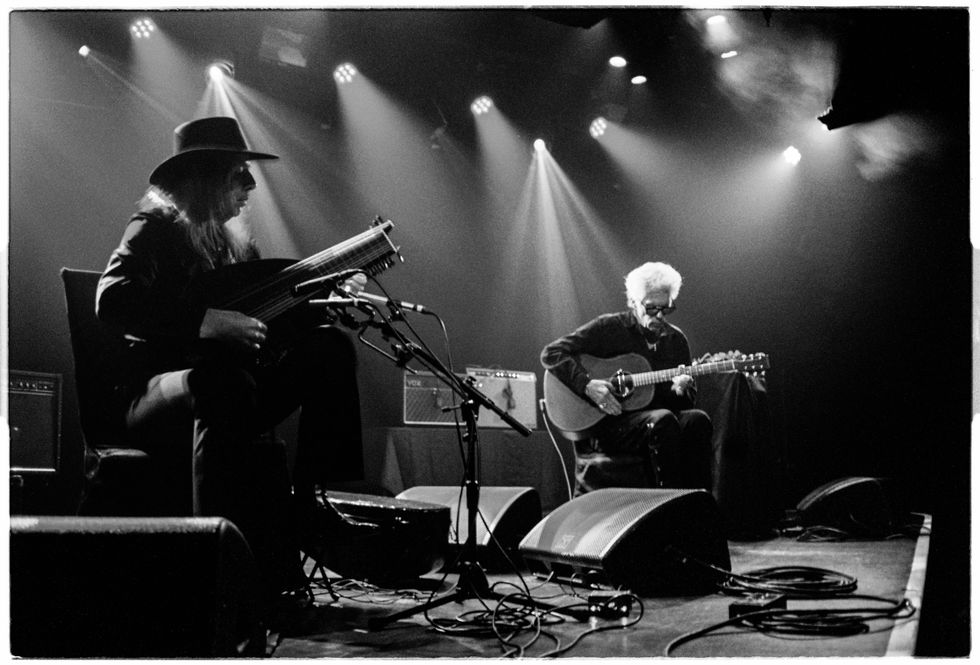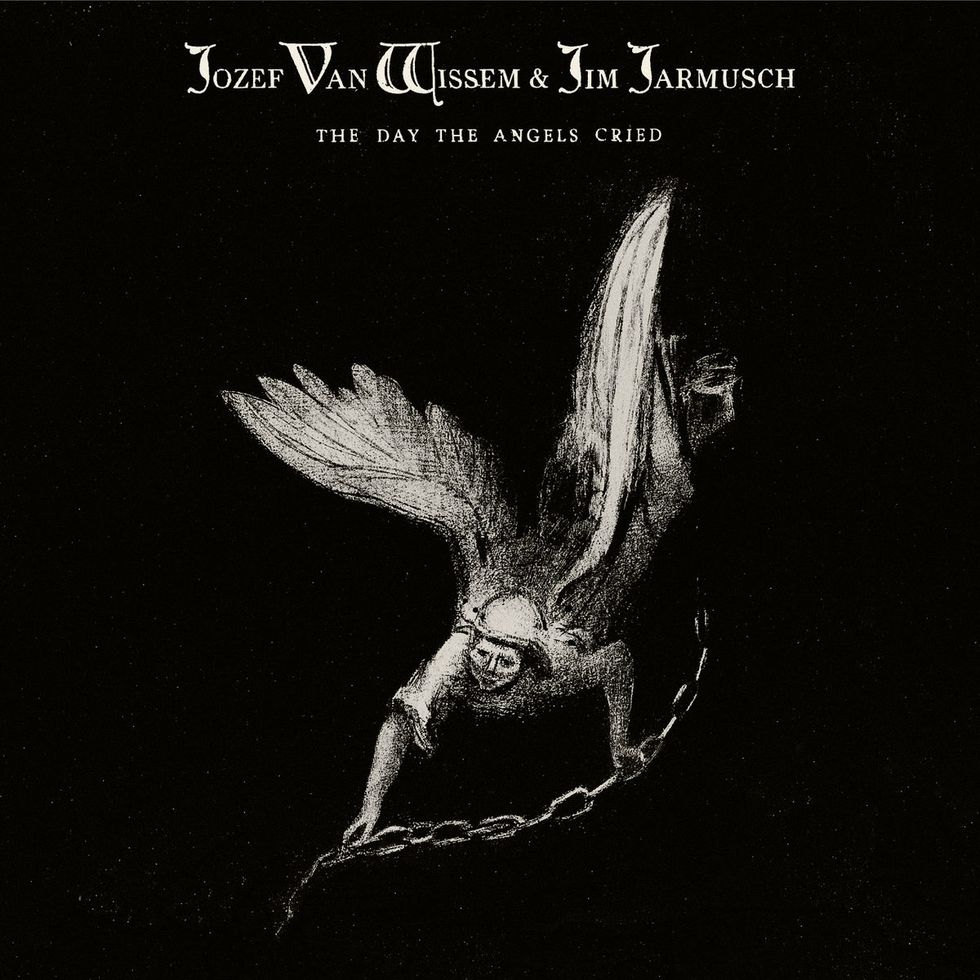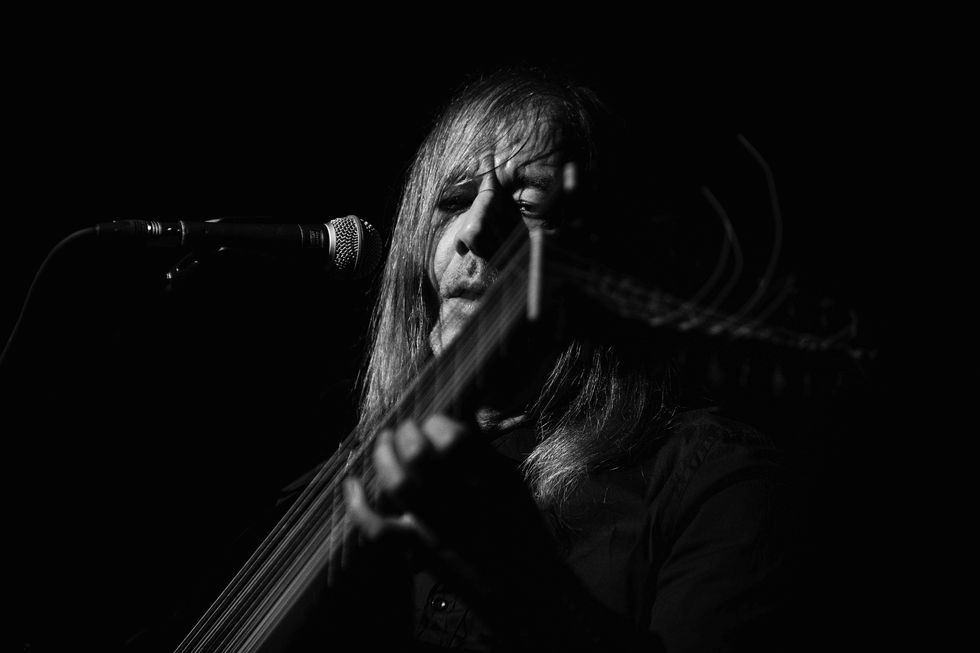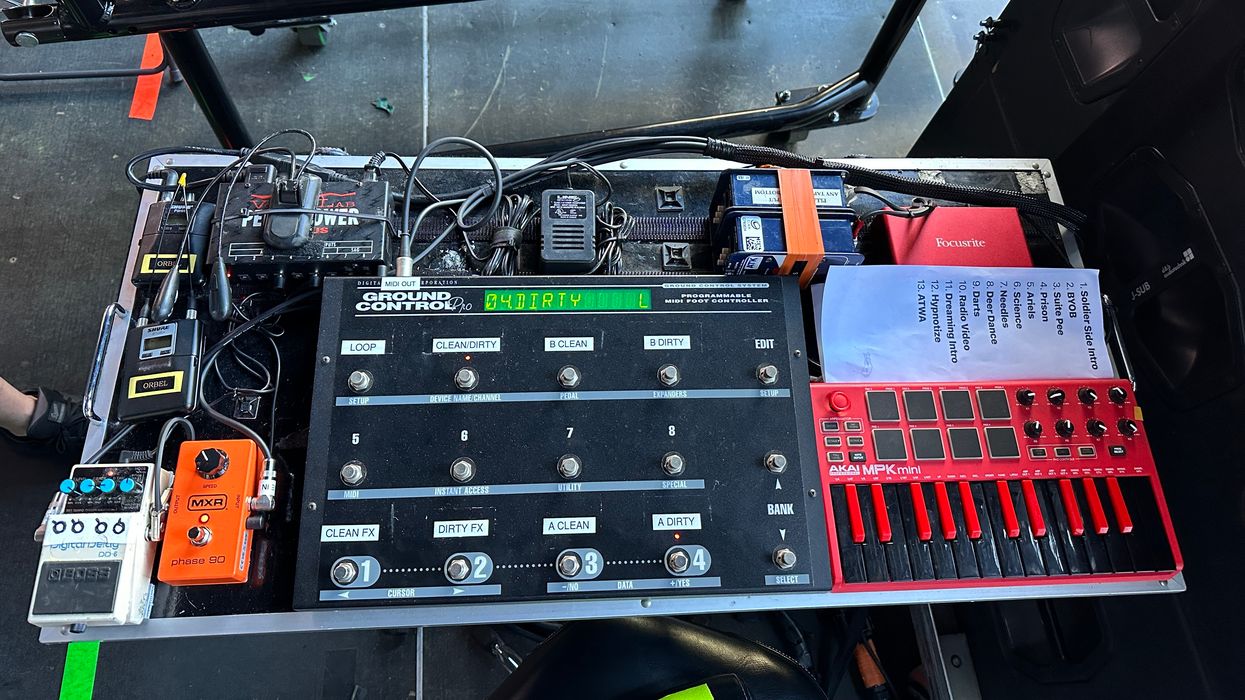It is January 24, and Benjamin Booker’s third full-length album, LOWER, has just been released to the world. It’s been nearly eight years since his last record, 2017’s Witness, but Booker is unmoved by the new milestone. “I don’t really feel anything, I guess,” he says. “Maybe I’m in shock.”
That evening, Booker played a release celebration show at Euclid Records in New Orleans, which has become the musician’s adopted hometown. He spent a few years in Los Angeles, and then in Australia, where his partner gave birth to their child, but when he moved back to the U.S. in December 2023, it was the only place he could imagine coming back to. “I just like that the city has kind of a magic quality to it,” he says. “It just feels kind of like you’re walking around a movie set all the time.”
Witness was a ruminative, lonesome record, an interpretation of the writer James Baldwin’s concept of bearing witness to atrocity and injustice in the United States. Mavis Staples sang on the title track, which addressed the centuries-old crisis of police killings and brutality carried out against black Americans. It was a significant change from the twitchy, bluesy garage-rock of Booker’s self-titled 2014 debut, the sort of tunes that put him on the map as a scrappy guitar-slinging hero. But Booker never planned on heroism; he had no interest in becoming some neatly packaged industry archetype. After Witness, and years of touring, including supporting the likes of Jack White and Neil Young, Booker withdrew.
He was searching for a sound. “I was just trying to find the things that I liked,” he explains. L.A. was a good place for his hunt. He went cratedigging at Stellaremnant for electronic records, and at Artform Studio in Highland Park for obscure jazz releases. It took a long time to put together the music he was chasing. “For a while, I left guitar, and was just trying to figure out what I was going to do,” says Booker. “I just wasn’t interested in it anymore. I hadn’t heard really that much guitar stuff that had really spoke to me.”
“For a while, I left guitar, and was just trying to figure out what I was going to do. I just wasn’t interested in it anymore.”

LOWER is Booker’s most sensitive and challenging record yet.
Among the few exceptions were Tortoise’s Jeff Parker and Dave Harrington from Darkside, players who moved Booker to focus more on creating ambient and abstract textures instead of riffs. Other sources of inspiration came from Nicolas Jaar, Loveliescrushing, Kevin Shields, Sophie, and JPEGMAFIA. When it came to make LOWER (which released on Booker’s own Fire Next Time Records, another nod to Baldwin), he took the influences that he picked up and put them onto guitar—more atmosphere, less “noodly stuff”: “This album, I was working a lot more with images, trying to get images that could get to the emotion that I was trying to get to.”
The result is a scraping, aching, exploratory album that demonstrates that Booker’s creative analysis of the world is sharper and more potent than ever. Opener “Black Opps” is a throbbing, metallic, garage-electronic thrill, running back decades of state surveillance, murder, and sabotage against Black community organizing. “LWA in the Trailer Park” is brighter by a slim margin, but just as simultaneously discordant and groovy. The looped fingerpicking of “Pompeii Statues” sets a grounding for Booker to narrate scenes of the homelessness crisis in Los Angeles. Even the acoustic strums of “Heavy on the Mind” are warped and stretched into something deeply affecting; ditto the sunny, garbage-smeared ’60s pop of “Show and Tell.” But LOWER is also breathtakingly beautiful and moving. “Slow Dance in a Gay Bar” and “Hope for the Night Time” intermingle moments of joy and lightness amid desperation and loneliness.
Booker worked with L.A.-based hip-hop and electronic producer Kenny Segal, trading stems endlessly over email to build the record. While he was surrounded by vintage guitars and amps to create Witness, Booker didn’t use a single amplifier in the process of making LOWER: He recorded all his guitars direct through an interface to his DAW. “It’s just me plugging my old Epiphone Olympic into the computer and then using software plugins to manipulate the sounds,” says Booker. For him, working digitally and “in the box” is the new frontier of guitar music, no different than how Hendrix and Clapton used never-heard-before fuzz pedals to blow people’s minds. “When I look at guitar players who are my favorites, a lot of [their playing] is related to the technology at the time,” he adds.
“When I look at guitar players who are my favorites, a lot of [their playing] is related to the technology at the time.”
Benjamin Booker's Gear

Booker didn’t use any amps on LOWER. He recorded his old Epiphone Olympic direct into his DAW.
Photo by Trenity Thomas
Guitars
- 1960s Epiphone Olympic
Effects
- Soundtoys Little AlterBoy
- Soundtoys Decapitator
- Soundtoys Devil-Loc Deluxe
- Soundtoys Little Plate
“I guess I have a problem with anything being too sugary. I wanted a little bit of ugliness.”
Inspired by a black metal documentary in which an artist asks for the cheapest mic possible, Booker used only basic plugins by Soundtoys, like the Decapitator, Little AlterBoy, and Little Plate, but the Devil-Loc Deluxe was the key for he and Segal to unlock the distorted, “three-dimensional world” they were seeking. “Because I was listening to more electronic music where there’s more of a focus on mixing than I would say in rock music, I think that I felt more inspired to go in and be surgical about it,” says Booker.
Part of that precision meant capturing the chaos of our world in all its terror and splendor. When he was younger, Booker spent a lot of time going to the Library of Congress and listening to archival interviews. On LOWER, he carries out his own archival sound research. “I like the idea of being able to put things like that in the music, for people to just hear it,” says Booker. “Even if they don’t know what it is, they’re catching a glimpse of life that happened at that time.”
On “Slow Dance in a Gay Bar,” there are birds chirping that he captured while living in Australia. Closer “Hope for the Night Time” features sounds from Los Angeles’ Grand Central Market. “Same Kind of Lonely” features audio of Booker’s baby laughing just after a clip from a school shooting. “I guess I have a problem with anything being too sugary,” says Booker. “I wanted a little bit of ugliness. We all have our regular lives that are just kind of interrupted constantly by insane acts of violence.”
That dichotomy is often difficult to compute, but Booker has made peace with it. “You hear people talking about, ‘I don’t want to have kids because the world is falling apart,’” he says. “But I mean, I feel like it’s always falling apart and building itself back up. Nothing lasts forever, even bad times.”
YouTube It
To go along with the record, Booker produced a string of music videos influenced by the work of director Paul Schrader and his fascination with “a troubled character on the edge, reaching for transcendence.” That vision is present in the video for lead single “LWA in the Trailer Park.”


